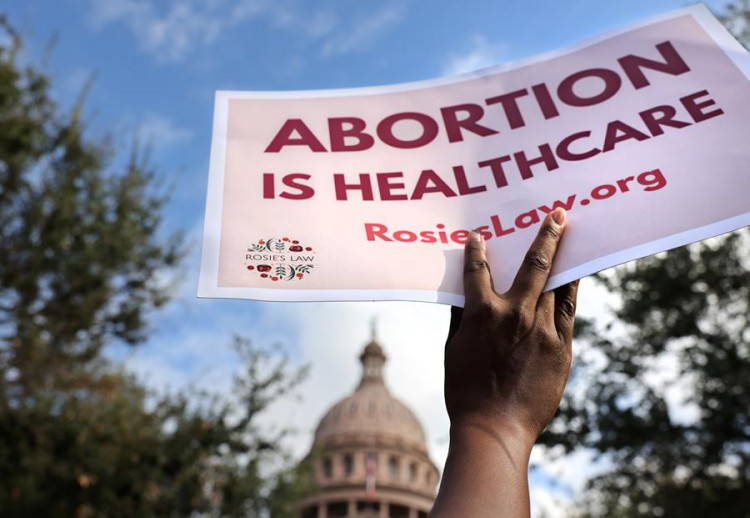Ohio, traditionally known for its fluctuating political allegiances, now finds itself at the heart of an escalating national abortion debate, with its forthcoming decision on an amendment to enshrine reproductive rights in the state constitution, signaling a potential trend for the 2024 elections.
The state's upcoming vote on the amendment - noted as Issue 1 - carries implications that transcend its borders, reflecting a heightened national spotlight and record-breaking campaign spending, exceeding $60 million. Ohio's significance in the ongoing abortion discourse intensified following the Supreme Court's decision last summer to overturn Roe v. Wade, spurring other states to either protect abortion rights or curtail them.
The Ohio amendment aims to safeguard an individual's right "to make and carry out one's own reproductive decisions," with certain regulations on abortions after the point of fetal viability. Notably, this proposition has garnered support from major organizations like the ACLU and Planned Parenthood, as well as a wide-ranging coalition of community, labor, and faith groups. These advocates view the amendment as an essential move to protect Roe-era rights in a state that has grown increasingly conservative and implemented stringent restrictions on abortion procedures.
Opponents of the amendment, however, believe it offers excessive access to abortions, especially later in pregnancy. Their concern lies in the specificity of the amendment's language and its potential ramifications on Ohio's ability to regulate abortion in the future.
In the political landscape, this issue has strained party loyalties. Republican Gov. Mike DeWine, breaking from his party's line, has expressed support for exceptions like rape and incest in potential abortion legislation should the amendment not pass. Additionally, some Ohio Republicans have been accused of spreading misleading information about the amendment, further muddying the waters for voters.
The fervor surrounding this debate isn't confined to political circles. In the grassroots realm, both pro- and anti-abortion groups have mobilized, going door-to-door in urban and rural regions alike. The emphasis on reaching the Black community has been particularly pronounced, given the significant stake they hold in the outcome.
For instance, Ohio Right to Life, a prominent anti-abortion group, has engaged with Black churches to rally support against Issue 1, underscoring the fact that Black women account for nearly half of all statewide abortions.
As Ohio gears up for this landmark vote, both sides are cognizant of its potential domino effect on other states, especially with the 2024 elections on the horizon. Several states, including pivotal ones like Arizona and Nevada, might see similar initiatives on their ballots, thereby making Ohio's decision even more consequential.
Given the fervent campaign efforts, high voter turnout is anticipated, with projections suggesting that 40% to 50% of registered voters will make their voices heard, marking an uptick from the usual off-year election participation.
This monumental vote not only captures the pulse of Ohio but also sets a precedent for the nation, reiterating the enduring significance of reproductive rights in American politics.






